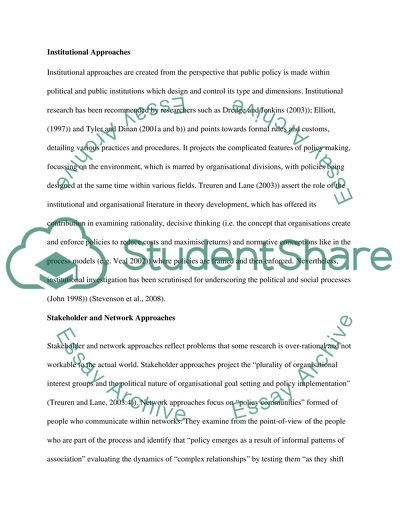Cite this document
(“Approaches and Techniques for Tourism/Aviation Policy Essay”, n.d.)
Approaches and Techniques for Tourism/Aviation Policy Essay. Retrieved from https://studentshare.org/tourism/1472899-research-approaches-and-techniques-designed-to
Approaches and Techniques for Tourism/Aviation Policy Essay. Retrieved from https://studentshare.org/tourism/1472899-research-approaches-and-techniques-designed-to
(Approaches and Techniques for Tourism/Aviation Policy Essay)
Approaches and Techniques for Tourism/Aviation Policy Essay. https://studentshare.org/tourism/1472899-research-approaches-and-techniques-designed-to.
Approaches and Techniques for Tourism/Aviation Policy Essay. https://studentshare.org/tourism/1472899-research-approaches-and-techniques-designed-to.
“Approaches and Techniques for Tourism/Aviation Policy Essay”, n.d. https://studentshare.org/tourism/1472899-research-approaches-and-techniques-designed-to.


